How Luxury Expedition Cruises are Redefining Family Adventure Travel
- August 5, 2025
- 8 Min Read
When you think of a cruise, you might picture giant ships filled with water parks, kids’ clubs and fun-filled private islands in the Caribbean. But there’s another version that trades the crowds for penguins, polar bears, giant tortoises and untamed wilderness: luxury expedition cruises.
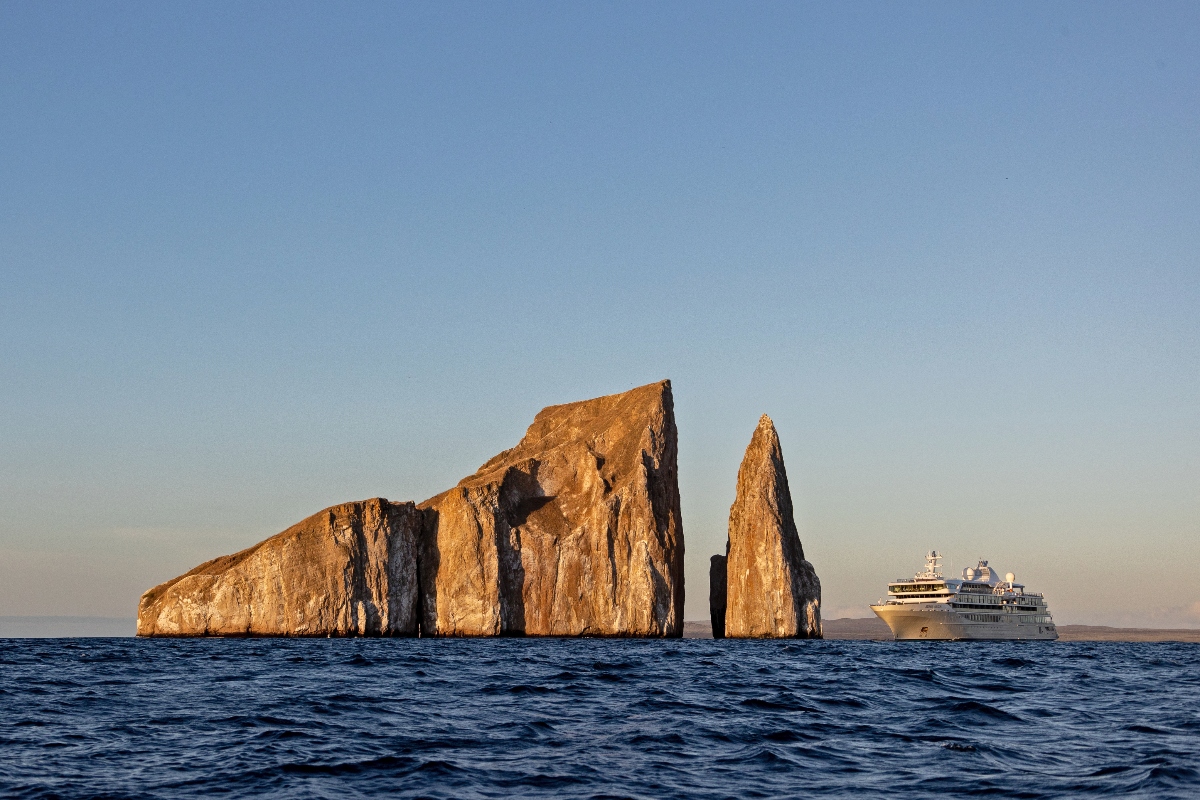
What is an Expedition Cruise?
Expedition cruises are small-ship adventures designed to bring families closer to the raw, unfiltered world. And for families, these once-in-a-lifetime trips can be some of the most rewarding vacations available. Expedition cruising opens doors to places you can’t reach by road, rail or even by regular cruise — think the Galápagos Islands, Antarctica, the Amazon or the fjords of Svalbard.
Ships navigating these waters are purpose-built to go off the grid and connect you deeply with nature, science and culture. But that doesn’t mean they aren’t comfortable. Today’s high-end expedition ships blend rugged capability with refined elegance, offering spacious suites, gourmet dining, spas and personalized service to rival top-tier hotels. Lines like Silversea, Seabourn and Ponant have redefined what it means to explore the world’s most remote destinations, delivering 5-star experiences with an adventurous twist.
Yet expedition cruises also tend to be more relaxed, especially compared to their big-ship counterparts. Dress codes are casual, schedules are flexible and the focus is on immersion, not entertainment. And many are all-inclusive, covering excursions, gear, meals and gratuities to make planning and budgeting simpler.

Why Luxury Expedition Cruises are Great for Families
They may not have rock-climbing walls or character meet-and-greets, but what expedition cruises offer is even more magical, especially for kids eager to learn and explore.
Built-in education that’s fun. Instead of textbooks and tests, kids learn about biology, geography and history in real time: snorkeling with sea turtles, spotting calving glaciers or walking through ancient ruins. Experts onboard make every lesson interactive and exciting.
Wildlife in the wild. From blue-footed boobies and marine iguanas in the Galápagos to humpback whales and penguins in Antarctica, the chance to see animals in their natural habitat leaves a deep impression on young travelers.
Real adventure. Expedition cruises are hands-on. Your family might hike a volcano, kayak a fjord or ride in a Zodiac through iceberg mazes.
Digital detox. Many expedition ships have limited Wifi, encouraging real connection with nature and each other. Kids spend more time looking out at sea and less time staring at a screen.
Multigenerational appeal. With excursions tailored for all fitness levels, expedition cruises are excellent for bringing grandparents, parents and kids together on a shared adventure. Some lines go a step farther by designing specific kid-friendly programs that engage young minds while giving parents a break.
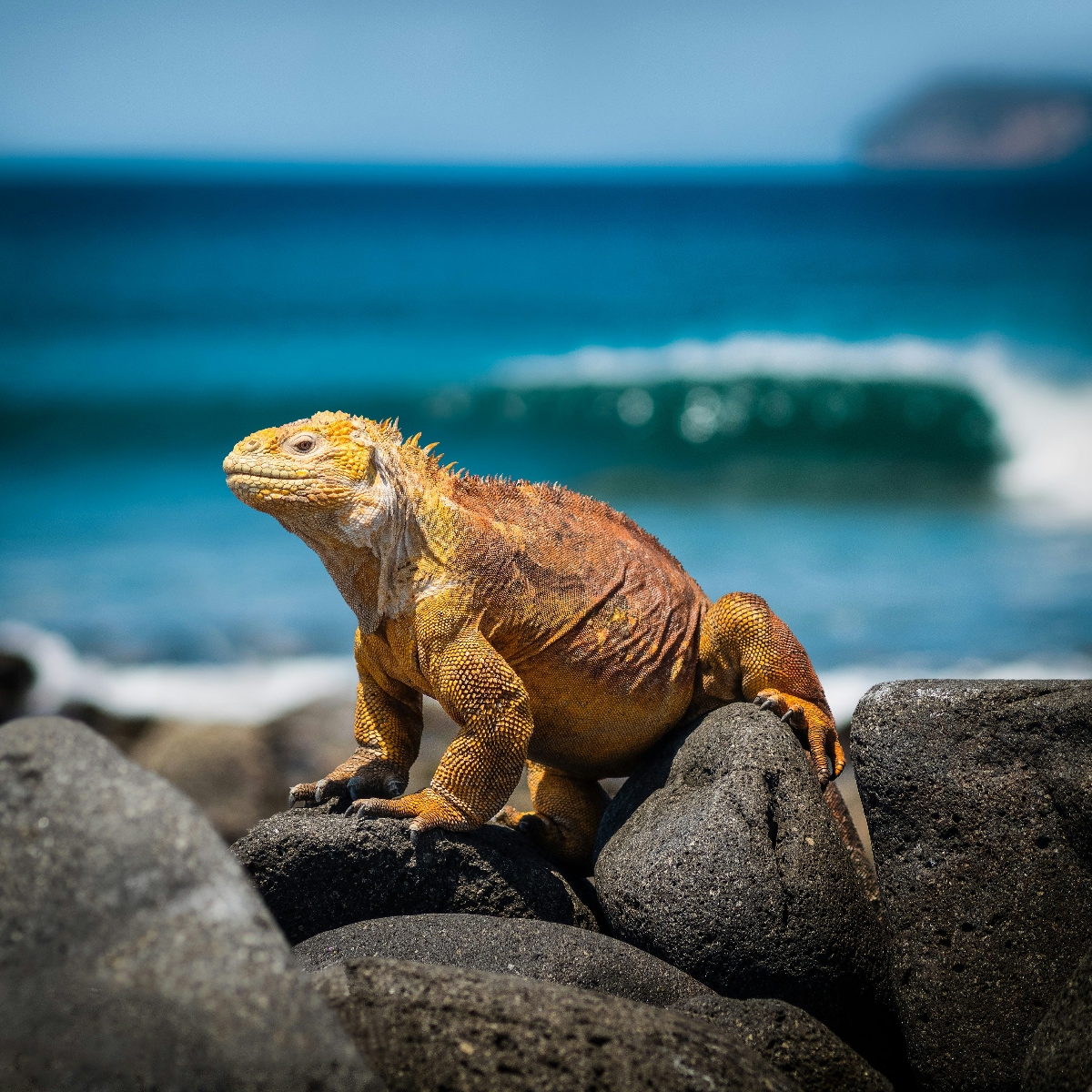
Top Destinations for Expedition Cruising
Not all adventures are created equal, and these destinations prove it.
Galápagos Islands
A living laboratory and one of the most biologically unique places on earth, the Galápagos Islands often land at the top of family travel bucket lists, and for good reason. Located 600 miles off the coast of Ecuador, this isolated archipelago can only be reached by flight and ship, making it a true expedition destination. The Galápagos can be visited year-round due to their equatorial location, though June to December brings cooler, drier weather and more active animal behavior. Families spend their days snorkeling with reef sharks, walking lava fields and learning about Darwin’s theory of evolution in the very place that inspired it.
Ready to book a once-in-a-lifetime expedition cruise vacation for your family?
We’ll pair you with an expert Travel Advisor who can help you choose the right line and ship, arrange pre- and post-cruise accommodations and more, often with valuable perks to pass along. Click for more details and to get started!
Alaska’s Inside Passage
Alaska is the first foray into expedition cruising for many families, and it’s one they’ll never forget. Accessible from Seattle or Vancouver, the Inside Passage feels remote without being difficult to reach. A number of cruise lines offer family-focused itineraries with onboard education and kid-friendly excursions. The best time to sail is between May and early September, with July and August offering the warmest weather and peak wildlife activity, such as bald eagles, sea otters, brown bears, humpback whales and even orcas.

Antarctica
Visiting Antarctica is a once-in-a-lifetime experience, and it can only be reached by expedition ship or fly-cruise options via the southern tip of South America. This frozen continent is as remote as it gets. It’s also surprisingly full of life: Families encounter colonies of penguins, Weddell seals and pods of humpback whales while daily Zodiac outings bring you up close to towering icebergs and surreal landscapes. The best time to visit is during the Antarctic summer (November through March) when temperatures are milder and wildlife is at its most active. Due to the physical and logistical demands, these sailings are best for older kids.
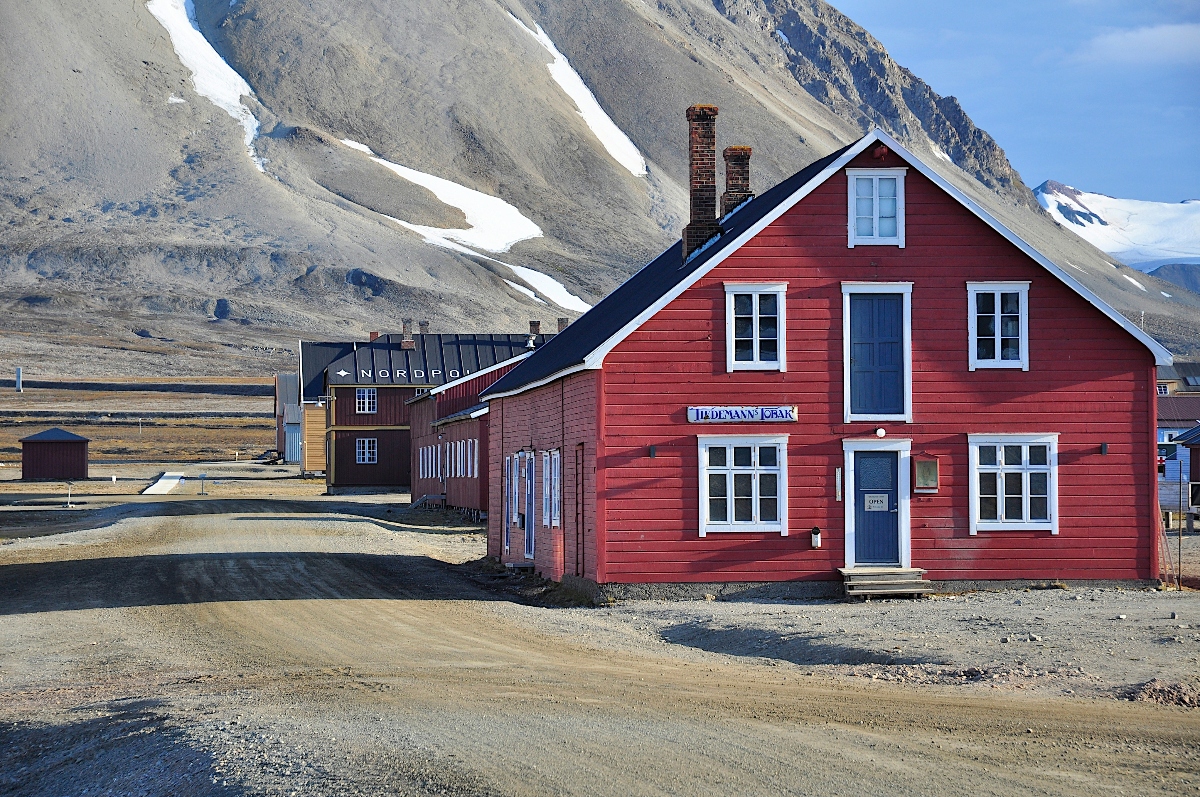
Svalbard, Norway
Far above the Arctic Circle, Svalbard is a rugged archipelago that feels like the edge of the world, and in many ways, it is. Located midway between mainland Norway and the North Pole. Svalbard is one of the few places where you can spot polar bears in the wilds. Expedition cruises here venture through icy fjords, past glaciers and along rocky shores where puffins nest and reindeer graze. Short flights from Oslo or Tromsø make Svalbard more accessible than other Arctic destinations, but the sailing season is short, typically June through August, when 24-hour daylight enables nearly nonstop adventure.
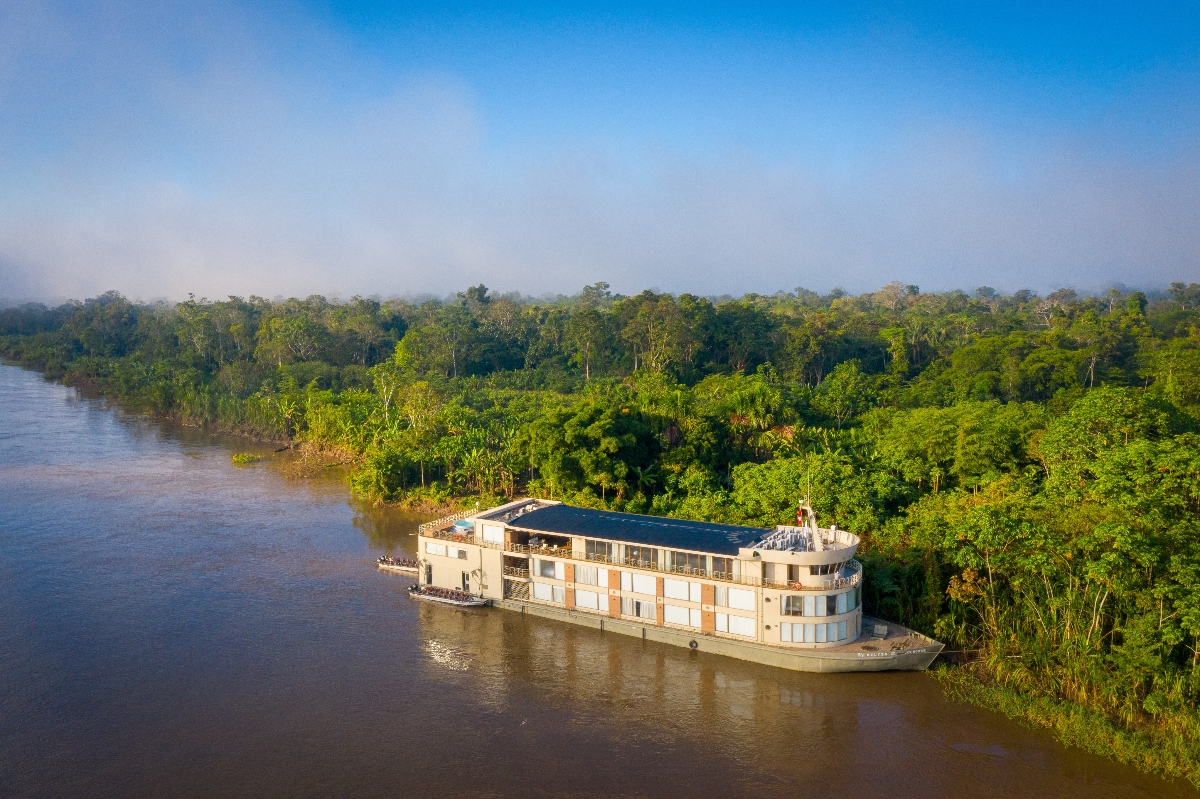
The Amazon
An Amazon expedition takes families deep into the heart of the world’s largest rainforest. Whether accessed through Peru’s Pacaya-Samiria Reserve or Ecuador’s Napa River, these voyages offer a front-row seat to a world few outsiders ever experience. Activities are slower-paced but immersive, such as jungle walks, piranha fishing, cultural exchanges and canopy tower climbs. The Amazon is hot and humid year-round but high-water season (December to May) offers easier access by boat.

Best Luxury Expedition Cruise Lines
When it comes to venturing into the world’s most remote and awe-inspiring regions, the right cruise line makes all the difference.
National Geographic-Lindblad Expeditions
A pioneer in expedition cruises, Lindblad offers deeply immersive journeys that are ideal for families. Their partnership with National Geographic means every voyage includes top-tier naturalists, undersea specialists and photographers. Family programs like the National Geographic Global Explorers are designed specifically for young travelers, teaching them to keep field notebooks, read maps and spot wildlife like budding scientists.
Lindblad’s ships are designed for exploration first, but that doesn’t mean families sacrifice comfort. Ships typically carry between 48 and 148 guests, ensuring a highly personalized feel. Staterooms are cozy and functional, often featuring large windows. Public spaces include libraries, lounges with panoramic views and a wellness area with a small fitness room or yoga space.
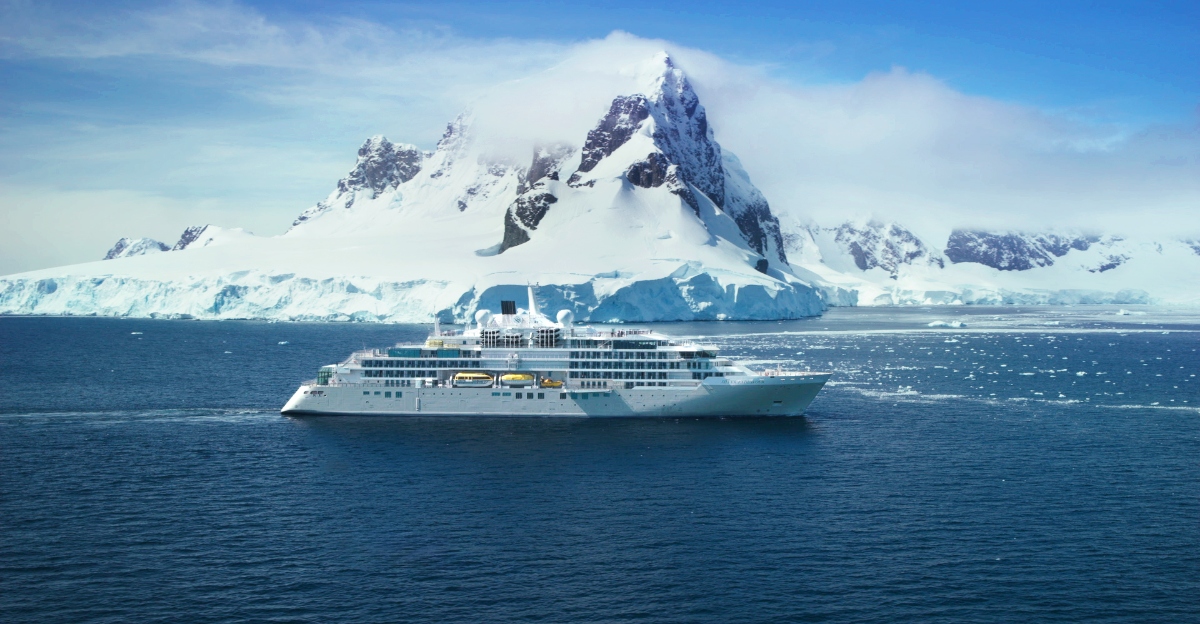
Silversea Cruises
Silversea’s expedition ships combine butler service and fine dining with off-the-grid destinations with fleets outfitted with Zodiacs for deeper exploration. Daily excursions are led by a team of expert guides who offer immersive experiences such as ice trekking, wildlife encounters and underwater exploration. The line’s all-inclusive model covers everything from shore excursions to parka gear.
While not all sailings are geared toward young children, many routes, especially in the Galapagos and Alaska, are ideal for teens and multigenerational families. Guests enjoy fine fining that rivals Michelin-starred restaurants, from multi-course dinners to regionally inspired menus crafted by top chefs. Lounges and libraries offer spaces for lectures, wildlife viewing and socializing, while spas, saunas and fitness centers provide wellness on the water.
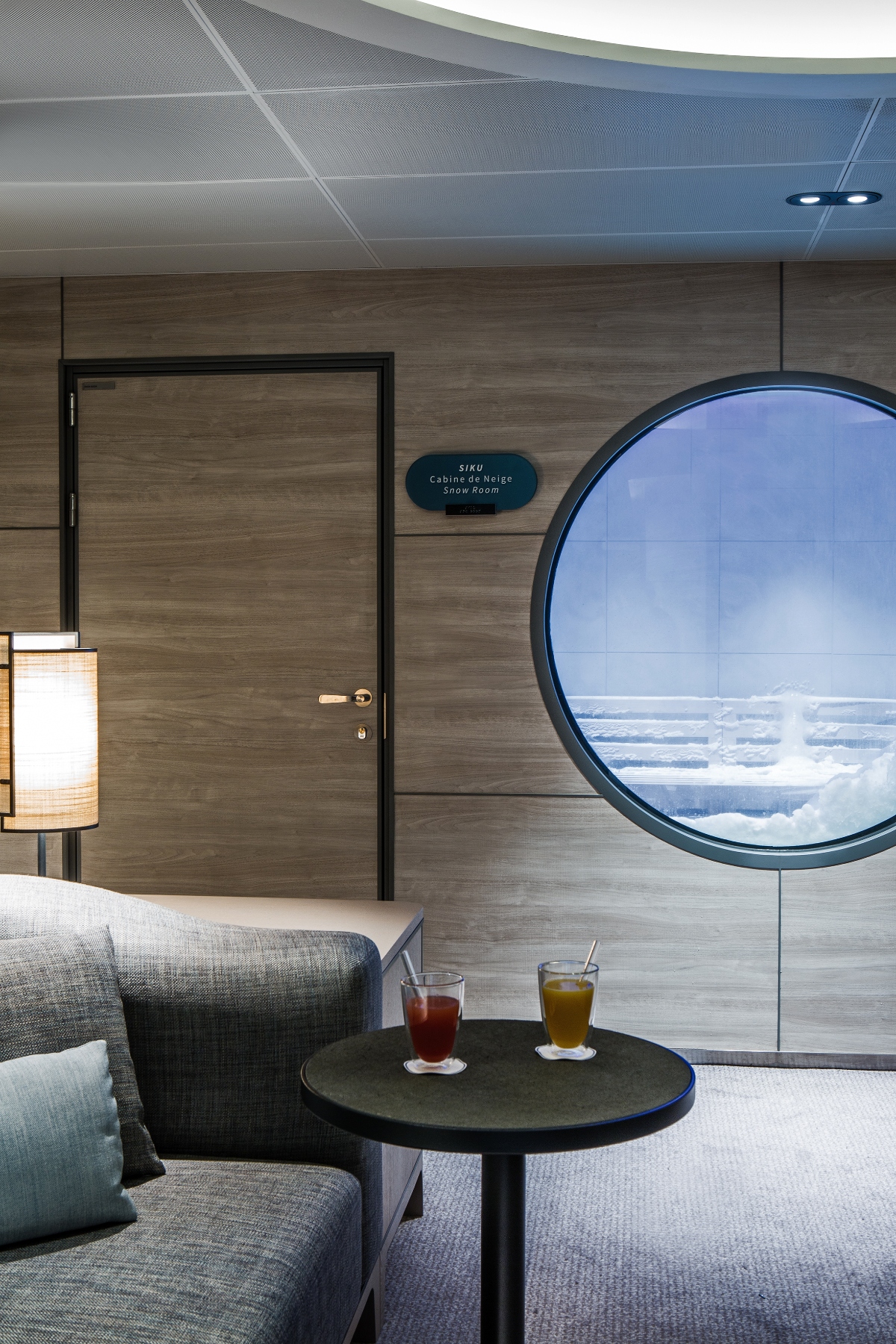
Ponant
This French cruise line blends sophisticated style with serious adventure. Their ships are sleek and eco-conscious, with many offering bilingual experiences. Accommodations range from sleek cabins to lavish suites with private balconies, while the modern interiors feel more boutique hotel than cruise vessel. Guests enjoy French-inspired cuisine and daily menus created in collaboration with Ducasse Conseil, a partner of chef Alain Ducasse. Ponant’s larger expedition ships, like Le Commandant Charcot, feature heated indoor pools and even snow rooms, where you can jump in a snow bath straight from the sauna.
Activities include guided glacier hikes, Zodiac wildlife safaris, polar plunges, and encounters in Indigenous communities. Lectures, briefings and cultural programming are woven into the experience. Ponant appeals most to families with older children and teens.
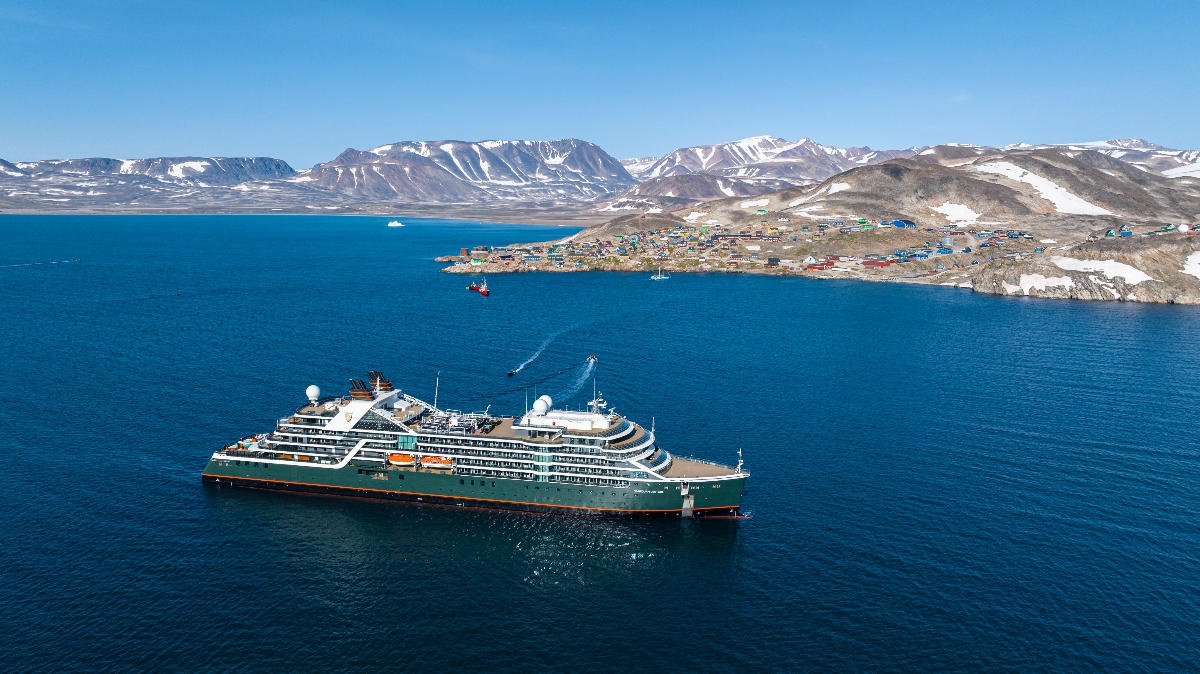
Seabourn Cruises
With spacious all-veranda suites, custom Swarovski binoculars in every room and heated wardrobes for polar gear, no detail on Seabourn cruises is overlooked. Guests enjoy fine dining at multiple venues, including a Thomas Keller-inspired grill, sushi bar and a relaxed café. Ships are also equipped with a fleet of Zodiacs, kayaks and custom-built submarines for undersea exploration. Public spaces include the Constellation Lounge for wildlife viewing, the Discovery Center for briefings and a full-service spa and fitness center.
The ships, geared toward adults but also a fit for older teens, were built for polar and tropical expeditions. Guests can expect immersive activities like guided Zodiac safaris through icy fjords, kayak outings along secluded coastlines, hikes across tundra or rainforest terrain and snorkeling in biodiverse waters. In Antarctica, excursions include visits to penguin colonies and iceberg navigation, among others.
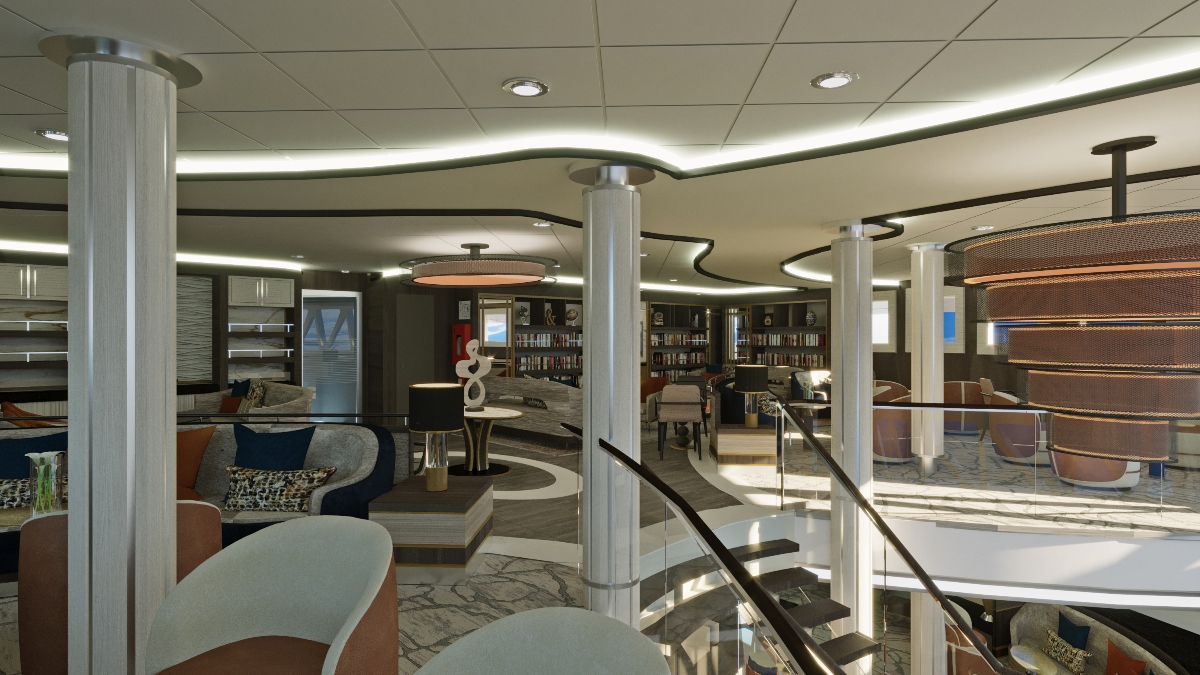
Aurora Expeditions
Aurora Expeditions specializes in small-ship adventures that put guests into the heart of the world’s most remote destinations. Carrying just 130 to 154 passengers, the line’s purpose-built ships are designed for tough conditions but still offer plenty of comfort. The Greg Mortimer and the Sylvia Earle, for example, both feature the distinctive Ulstein X-BOW® for smoother sailing in rough seas (meaning a little less queasiness during big adventures, hopefully).
On the Sylvia Earle, guests can unwind in Jacuzzis, relax in the sauna or take in the views from a glass atrium lounge. The new Douglas Mawson brings private balconies, an outdoor heated pool, a spa and a science center for hands-on learning at sea. Days with Aurora are active and immersive, with multiple Zodiac landings and a choice of activities like kayaking, snorkeling, snowshoeing, camping on the ice and the occasional polar plunge. Expedition leaders share their expertise through talks and briefings, adding context to experiences in places like Antarctica, the Arctic, Greenland, Patagonia and other far-flung corners of the world.
Relevant Links:
Browse all ideas for large- and small-ship cruises on Ciao Bambino
Cruising with kids: 11 great destinations to explore by ship
The ultimate guide to choosing the best cruise ship cabin
The most common myths about cruising, debunked
6 reasons to set sail on a river cruise with kids
Essential Mediterranean cruise tips for families
Editor’s note: This post was accurate when published. We advise checking independently for the latest information and updates. Ciao Bambino does not accept responsibility or liability for any errors or omissions in, or for any actions taken based on, the information presented.

Written By
By Lissa Poirot






 travel recommendations, inspiring adventures, and exclusive travel offers
travel recommendations, inspiring adventures, and exclusive travel offers